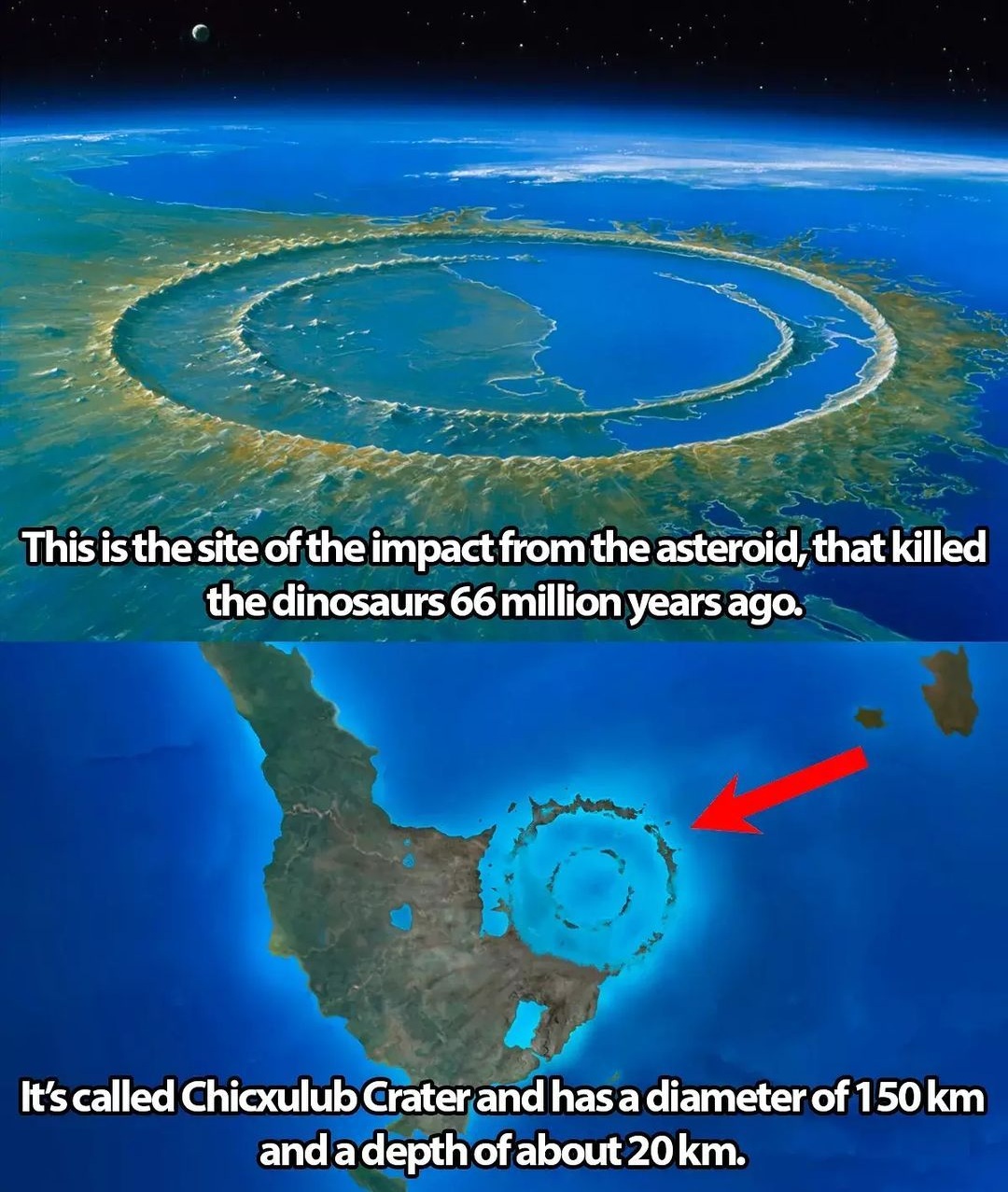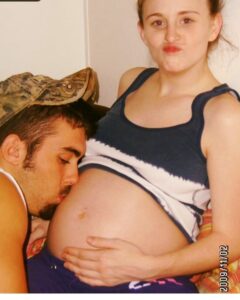On September 4, 2025, scientists revisited one of the most pivotal moments in Earth’s history — the asteroid impact that ended the reign of the dinosaurs and drastically changed life on our planet. About 66 million years ago, a single cosmic collision set off a chain of events that wiped out 75% of all species, proving that even the most dominant life forms were no match for nature’s fury.
A Catastrophic Impact
The event occurred when an asteroid roughly 10 kilometers (6 miles) wide crashed into what is now Mexico’s Yucatán Peninsula, forming the Chicxulub crater. This crater measures an astounding 150 kilometers in diameter and 20 kilometers deep, making it one of the largest impact sites on Earth. The energy released by the impact was equivalent to billions of Hiroshima-sized bombs. The blast instantly vaporized everything within the strike zone, and shockwaves, tsunamis, and wildfires ravaged vast regions of the planet.
A World Plunged Into Darkness
The collision sent trillions of tons of rock and debris into the atmosphere, blocking sunlight for months. As a result, Earth plunged into darkness, experiencing a devastating “impact winter.” Global temperatures plummeted, while acid rain and atmospheric changes decimated ecosystems. Plants perished, herbivores starved, and predators quickly followed. This catastrophic chain of events marked the end of the Cretaceous period and ushered in a new geological era — the Paleogene period.
The End of Dinosaurs — and a New Beginning
Dinosaurs, once the dominant species on Earth, vanished along with pterosaurs, marine reptiles, and countless other organisms. However, some life forms managed to survive, including small mammals, birds, and reptiles. These survivors eventually paved the way for mammals to thrive — and eventually for humans to dominate the planet. The extinction event marked one of the largest mass extinctions in Earth’s history, dramatically altering the course of evolution.
A Crater Hidden in Plain Sight
For millions of years, the Chicxulub crater remained buried beneath layers of rock and dense jungle. In 1991, scientists analyzing oil survey data discovered a massive ring-shaped anomaly beneath the Yucatán Peninsula. Further drilling confirmed the presence of shocked quartz, melted rock, and other geological evidence of an enormous impact. These findings perfectly aligned with the Cretaceous-Paleogene (K–Pg) boundary, confirming that the Chicxulub impact was indeed the cause of the mass extinction event.
New Research Brings Hope
In 2016, an international team of researchers drilled over a kilometer beneath the Gulf of Mexico’s seafloor to extract core samples from the crater. Their findings revealed something truly remarkable: life began to recover within just a few years of the catastrophic impact. Despite the near-total devastation caused by the asteroid, Earth’s ecosystems proved to be incredibly resilient, slowly rebuilding over millions of years.
Lessons for the Future
The Chicxulub crater is not just a remnant of destruction; it is a scientific treasure trove offering valuable insights into:
- Evolutionary Biology: Studying how life rebounds after a mass extinction can help us understand the resilience of ecosystems and the evolution of new species.
- Climate Change: The impact event provides an example of rapid atmospheric and oceanic shifts, helping scientists study the long-term effects of such changes on the planet.
- Planetary Defense: The Chicxulub event serves as a reminder of the potential risks posed by asteroid impacts, underscoring the importance of preparing for future asteroid threats.
The story of the Chicxulub crater is a stark reminder of Earth’s vulnerability and resilience. It illustrates how catastrophic events can both end one chapter and give rise to entirely new beginnings.
For further reading on extraordinary survival stories, check out these articles:


